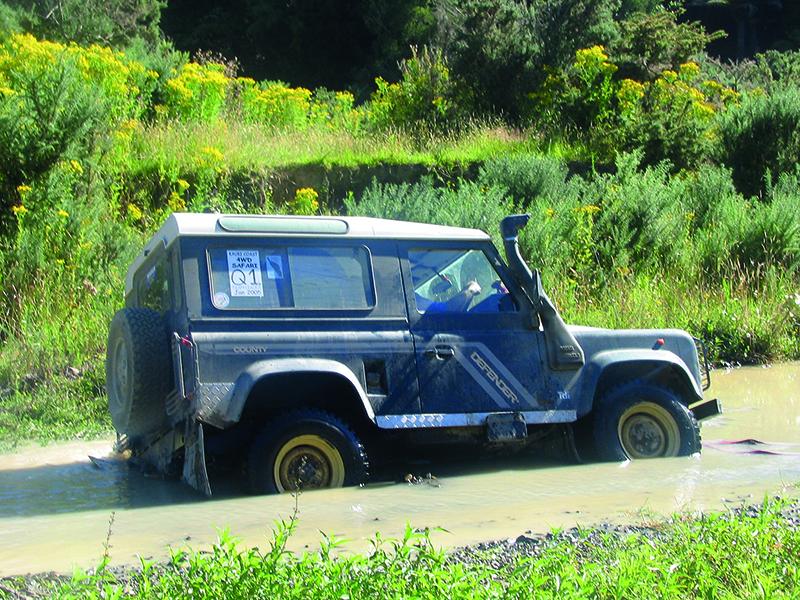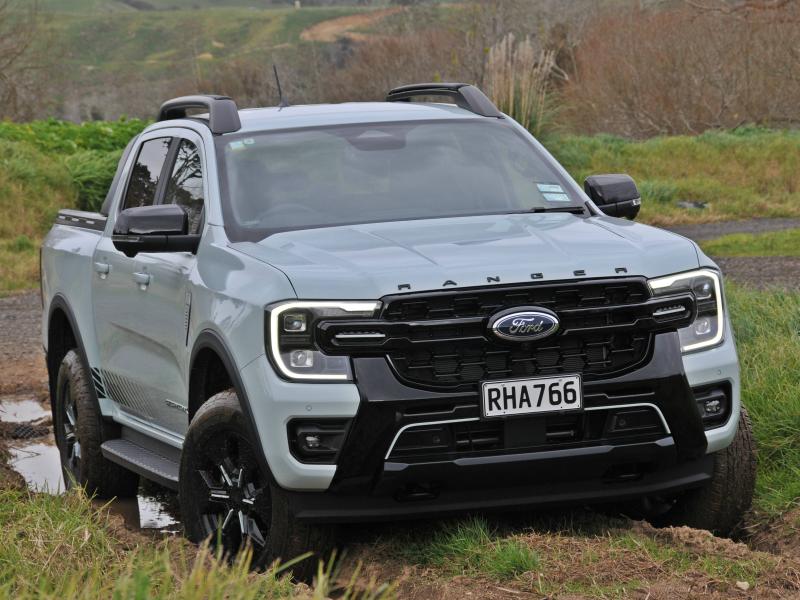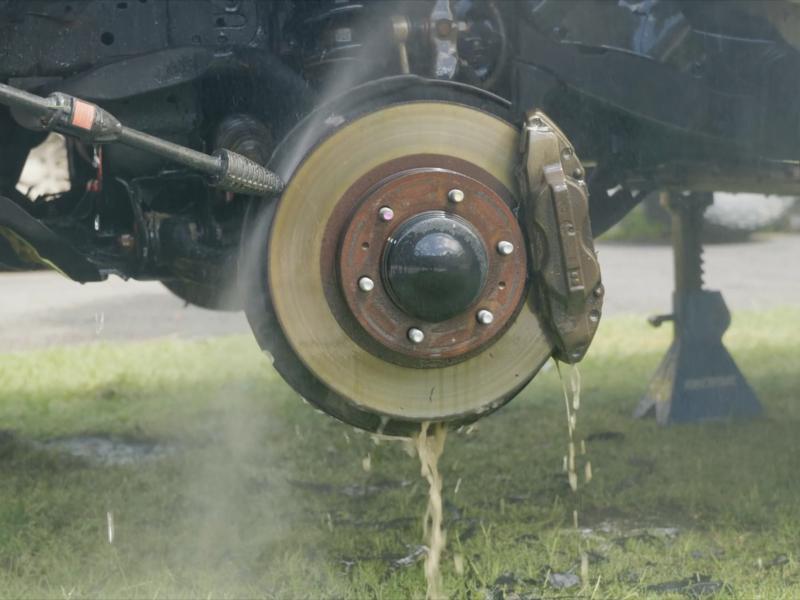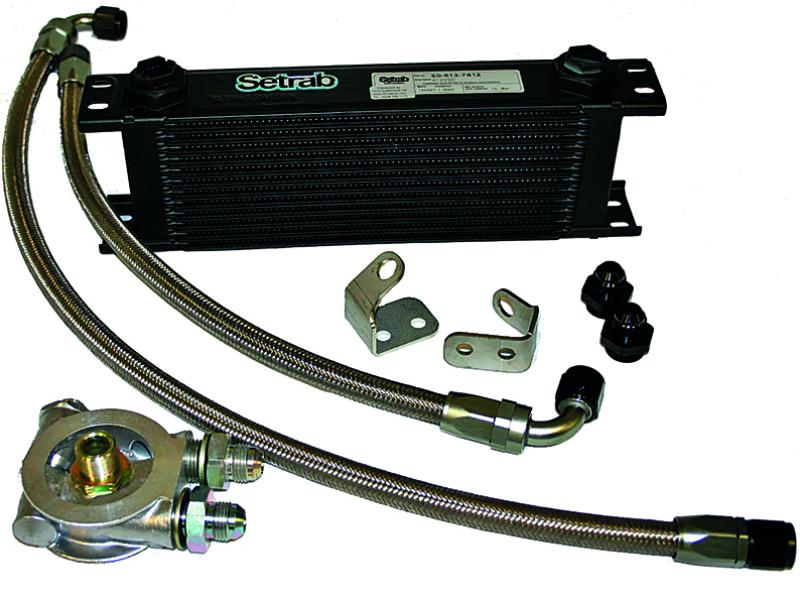As Benjamin Franklin said, “By failing to plan, you are planning to fail.
Planning may be quite simple if you are just looking at a backroads adventure, but if you are venturing onto beaches or off-road trails then more detailed planning is definitely advisable.
Know where you are going
The first step is to know where you are going, is it a road or track you have taken before or is it new? Even for an on-road adventure a brief check of a map might be advisable, if off-road again check maps, if you have an off-road GPS and have been before load your previous tracks and waypoints to memory before leaving. Check online resources to see the current condition of the track and if that is suitable for your vehicle, advice of a recent slip or major deterioration of a track might alter your plans. If you are driving a beach check tide times – most beaches are only driveable safely for two to three hours either side of high tide, be conservative – getting stuck on a beach as the tide rises is not recommended! Some beaches such as Muriwai require you to pre-register for an access pass (Currently free but changing in 2023). Let someone else know where you are planning to go in case of emergencies.
Carry emergency and recovery equipment
Again the level will depend on where you are going and the potential risks – we have some suggestions below for on-Road, basic off-road and hard core off-road.
On-road: We would regard this as a minimum for any time you leave home. Your vehicle should have a first-aid kit (and hopefully you know how to use it), fire extinguisher and a high-vis jacket (in case you have to help at an accident or do a roadside repair), a torch is a good idea as well although cellphones now have fairly good lights. We also carry one of the simple car escape tools (Resqme) for cutting seat belts and breaking windows in an emergency.
Basic off-road: Now we start talking some basic recovery equipment – staring point is a solid base (timber or similar) for your jack, a spade and some sort of tow rope – ideally a proper snatch strap plus a shackle or two. We would also start thinking basic survival – warm jacket, water and some food in case you get stuck for a while.
Hard-core off-road: The sky is the limit but would likely include a winch (hand or vehicle) plus appropriate shackles and tree trunk protectors, winch blanket, ground anchor (for the winch) more snatch straps (different lengths) small hand saw and machete or loppers to remove overhanging foliage. We would also highly recommend some form of PLB (Personal Locator Beacon) as often cellphone coverage is marginal or non-existent beyond the end of the road plus a more comprehensive survival kit – especially in winter – warm clothing, sleeping bag, enough food and water for 24 hours.
Know how to tackle the terrain – some basic tips
The terrain encountered driving off-road is vastly varied and the techniques for different types of terrain vary a lot. First step is to understand your vehicles systems and how to use it, do you know how to shut off the traction control (which you need to do on sand), engage low range, lock the centre diff, turn on Hill Descent Control or use the vehicles automated terrain control settings?
Sand: Sand is usually on a beach, so know the tides – try to stick to the harder wet sand (darker) near the waters edge but do not drive in the water – firstly it is salt so very corrosive and secondly it can hide holes that might trap you or cause a roll-over. Sand is usually driven in high range but with the centre diff locked (or on an AWD in the locked mode if available). Most beaches are roads so speed limits apply – slow when anywhere near other beach users – people can run out. We would recommend dropping tyre pressures before venturing onto sand – it significantly helps traction, how low you can go depends on the vehicle and tyres but 18-20 psi is safe for most vehicles, remember to air back up once on the road as these low pressures affect tyre life and handling. On soft sand momentum is your friend – keep your foot in it – don’t slow down! If you get stuck don’t spin the wheels – you will quickly dig a deeper hole and make getting unstuck much harder – your spade is your friend! In an emergency dump more air from the tyres – it will help.
Mud: Again reduced tyre pressures are the starting point, mud is generally negotiated in low range giving more control but momentum is still your friend getting through mud. Check the depth of any muddy/watery hole before driving through it – we use the ubiquitous cattle stick as a depth gauge. Often you can straddle ruts to keep some traction. If you get stuck try and reverse and have another run, otherwise you may need a tow from another vehicle or a winch. Sometimes towing out backwards is safer/easier.
Grass: wet grass is one of the trickier surfaces to drive on – especially wet long grass as traction is very limited, it’s a bit like driving on snow – keep any direction or speed changes as smooth as possible – slow and steady on flat surfaces but some momentum uphill, our recommendation avoid as much as possible. Wait for it to dry out!
Snow: Slow and steady no sudden changes in speed or direction, down hills use as low a gear as possible to avoid needing to brake – even descending ski field roads in ice and snow we use low range if available or 1st gear locked on an AWD auto vehicle.
Rivers: Always stop and check before crossing a river – look for obstructions and choose the shallowest spot. Except for shallow crossings always travel with at least two vehicles. Check depth – know where your engine air intake is (often it is quite low behind a headlight). If you don’t have a snorkel be cautious as any water in the air intake is usually fatal to the engine! For deep/swifter rivers it pays to have a rope already attached to the recovery point – don’t use flat recovery straps in high flowing rivers they have too much drag. Drive slowly and steadily – you want a small bow wave in front of the vehicle which keeps the water level around the engine lower, try not let the bow wave break over the bonnet.
This is very much a precis, experience is the great teacher, 4WD Clubs or organised group trips can help gain experience with support or there are commercial 4WD training courses available.







